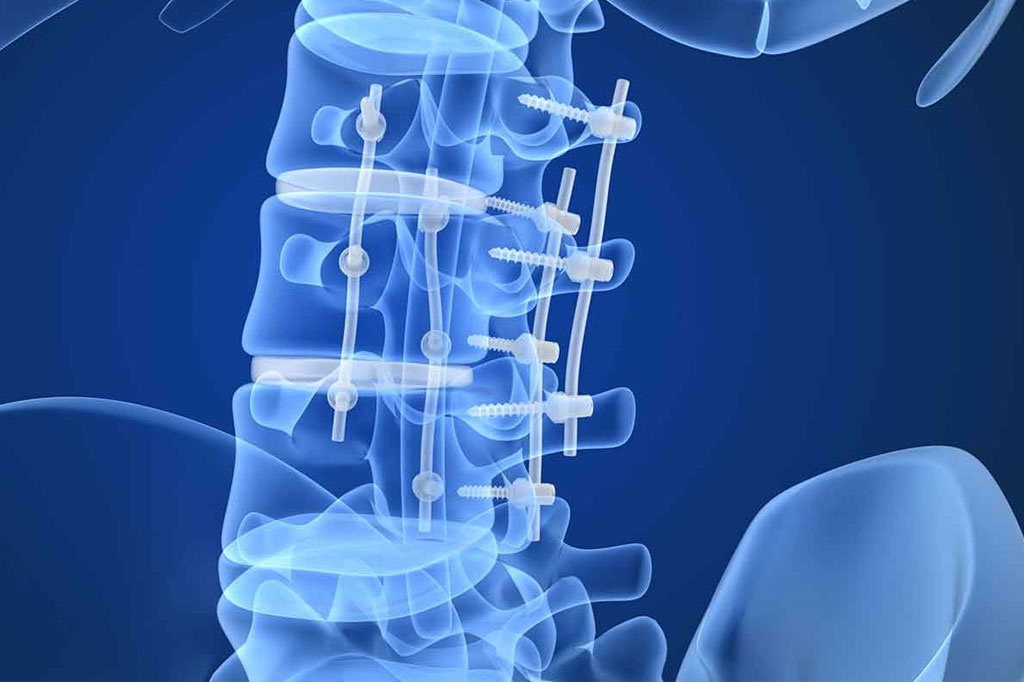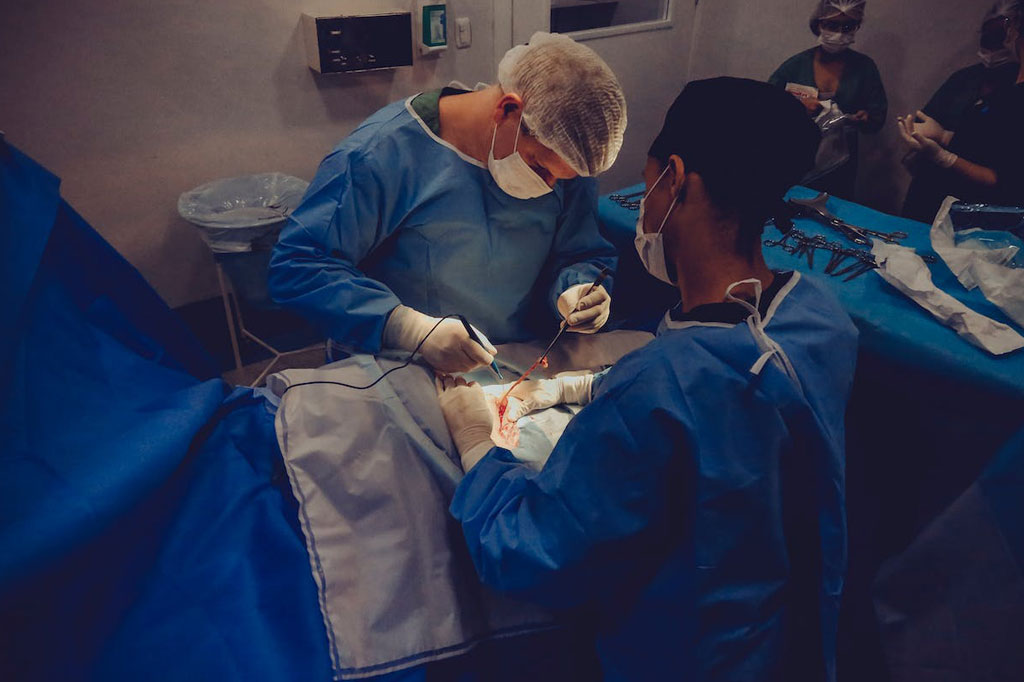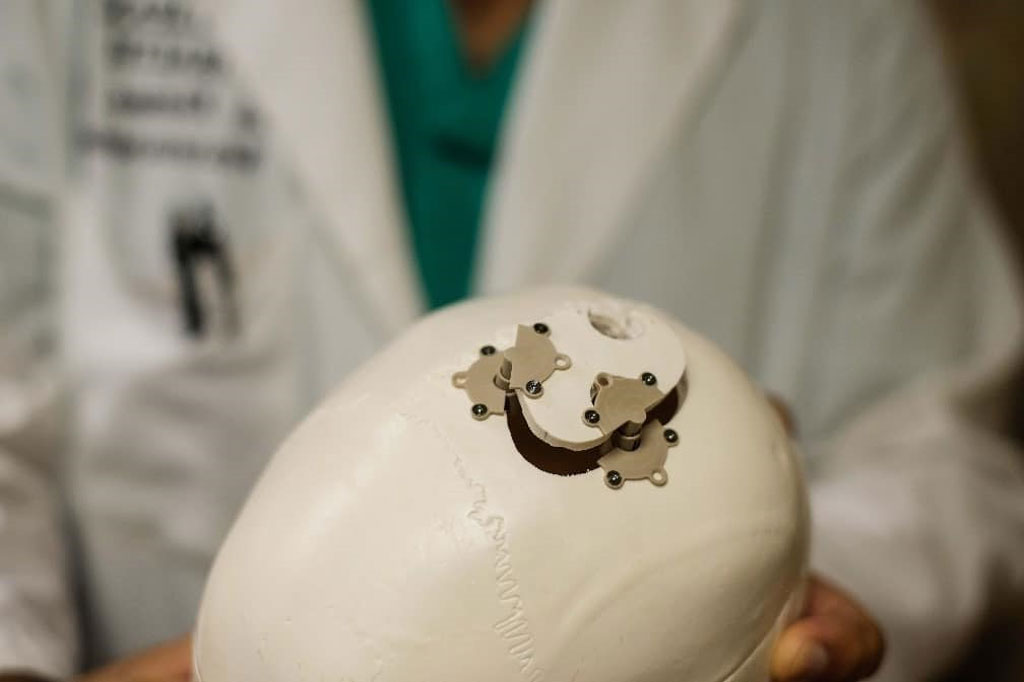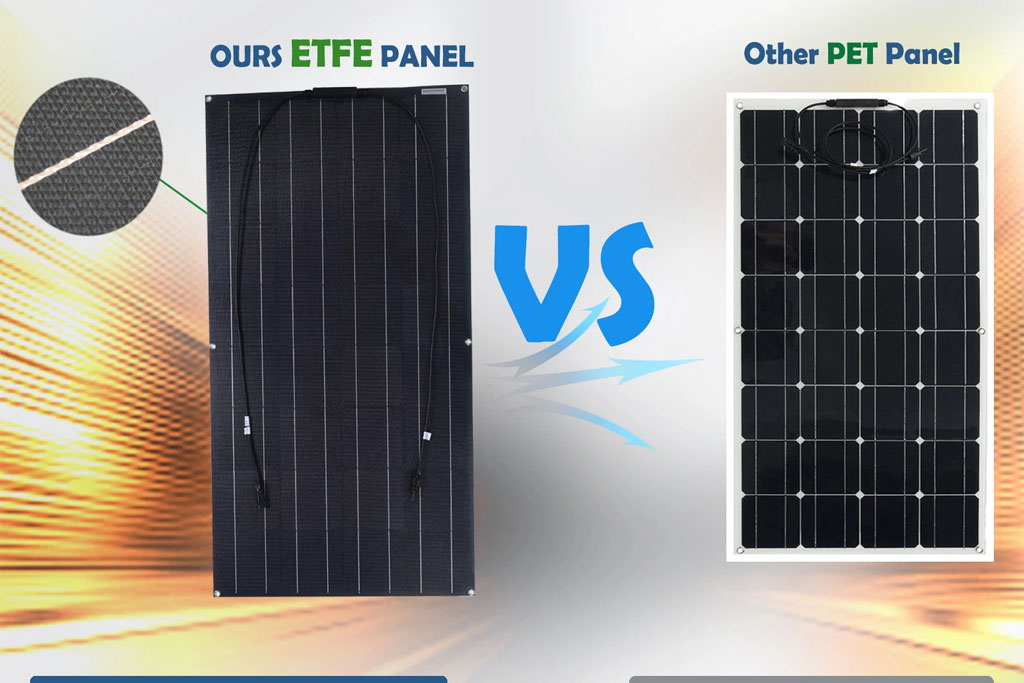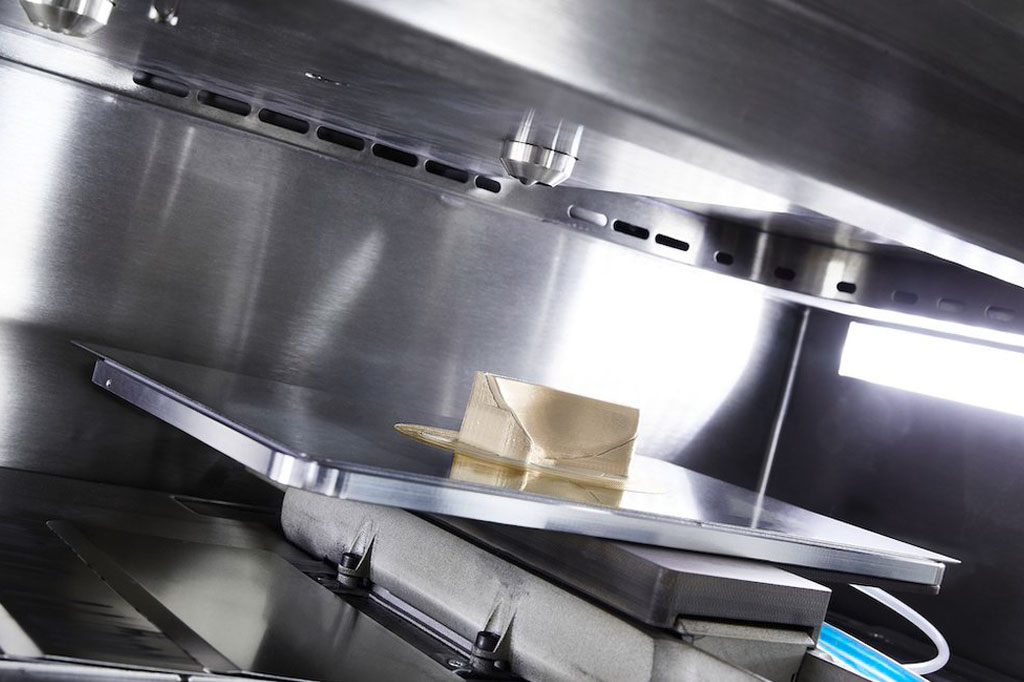Polyetheretherketone, commonly known as PEEK, its unique combination of mechanical properties, biocompatibility, and radiolucency makes it an ideal material for the medical industry.
Why PEEK Can Be Used in The Medical Field
1. Biocompatibility and Bioinertness
PEEK’s biocompatibility is one of its most notable features, making it suitable for long-term implantation in the human body. Unlike some metals, PEEK does not cause adverse reactions, minimizing the risk of inflammation or rejection. This property is crucial for implants, such as spinal cages, joint replacements, and dental devices, where long-term compatibility is essential.
2. Mechanical Strength and Durability
PEEK’s ability to withstand stress and fatigue is particularly advantageous for orthopedic implants and spinal devices. PEEK implants provide stability and support while withstanding the mechanical demands of daily activities, contributing to improved patient outcomes and longevity.
3. Radiolucency for Accurate Imaging
One of the significant challenges with traditional metallic implants is their interference with medical imaging. PEEK’s radiolucency allows for clearer and more accurate imaging, making it easier for healthcare professionals to monitor the implant’s position and surrounding tissues. This property is especially valuable in orthopedic and spinal surgeries, where precise placement is critical for successful outcomes.
4. Customization and 3D Printing
PEEK’s versatility extends to the realm of 3D printing, enabling the production of highly customized implants tailored to individual patient anatomy. This customization not only enhances the fit and performance of implants but also facilitates faster surgical procedures and recovery times.
5. Reduced Inflammatory Response
PEEK’s bioinert nature extends beyond its lack of reactivity with surrounding tissues. Studies suggest that PEEK implants may lead to a reduced inflammatory response compared to some traditional materials. This is particularly important in minimizing complications and improving the overall biocompatibility of medical devices.
PEEK Medical Applications
1. Neurological Implants
In neurosurgery, PEEK is used for creating cranial implants, which may be required for patients with traumatic injuries or congenital anomalies. Its lightweight nature and biocompatibility make it an excellent choice for such delicate applications.
2. Orthopedic Implants
PEEK is widely used in orthopedic implants such as spinal cages, intervertebral fusion devices, and joint replacements. Its radiolucency enables clear visibility in imaging, aiding surgeons in assessing the success of the implantation and monitoring the patient’s progress post-surgery.
3. Dental Implants
PEEK has found applications in the dental field for various implants, including dental crowns, bridges, and abutments. Its biocompatibility ensures minimal adverse reactions, making it a preferred material for dental restorations.
4. Cardiovascular Implants
PEEK’s durability and biocompatibility make it suitable for cardiovascular implants like stents and heart valve components. Its ability to withstand high stresses and strains, coupled with its non-corrosive nature, enhances the longevity of these implants.
Future Prospects and Challenges
As PEEK continues to make strides in the medical field, researchers and manufacturers are exploring new ways to enhance its properties further. Ongoing research is focused on improving the osseointegration of PEEK implants and exploring its potential in emerging fields such as neural implants. Despite its numerous advantages, challenges such as the high cost of PEEK compared to traditional materials and the need for long-term clinical studies remain areas of consideration.
Conclusion
Polyetheretherketone (PEEK) is emerging as a revolutionary material in the medical field, particularly in the manufacturing of implants and various medical devices. Its unique combination of biocompatibility, mechanical strength, radiolucency, and customization capabilities positions it as a frontrunner in improving patient outcomes. As research and innovation continue, PEEK’s role in the medical field is likely to expand, offering new possibilities for personalized and effective healthcare solutions.

